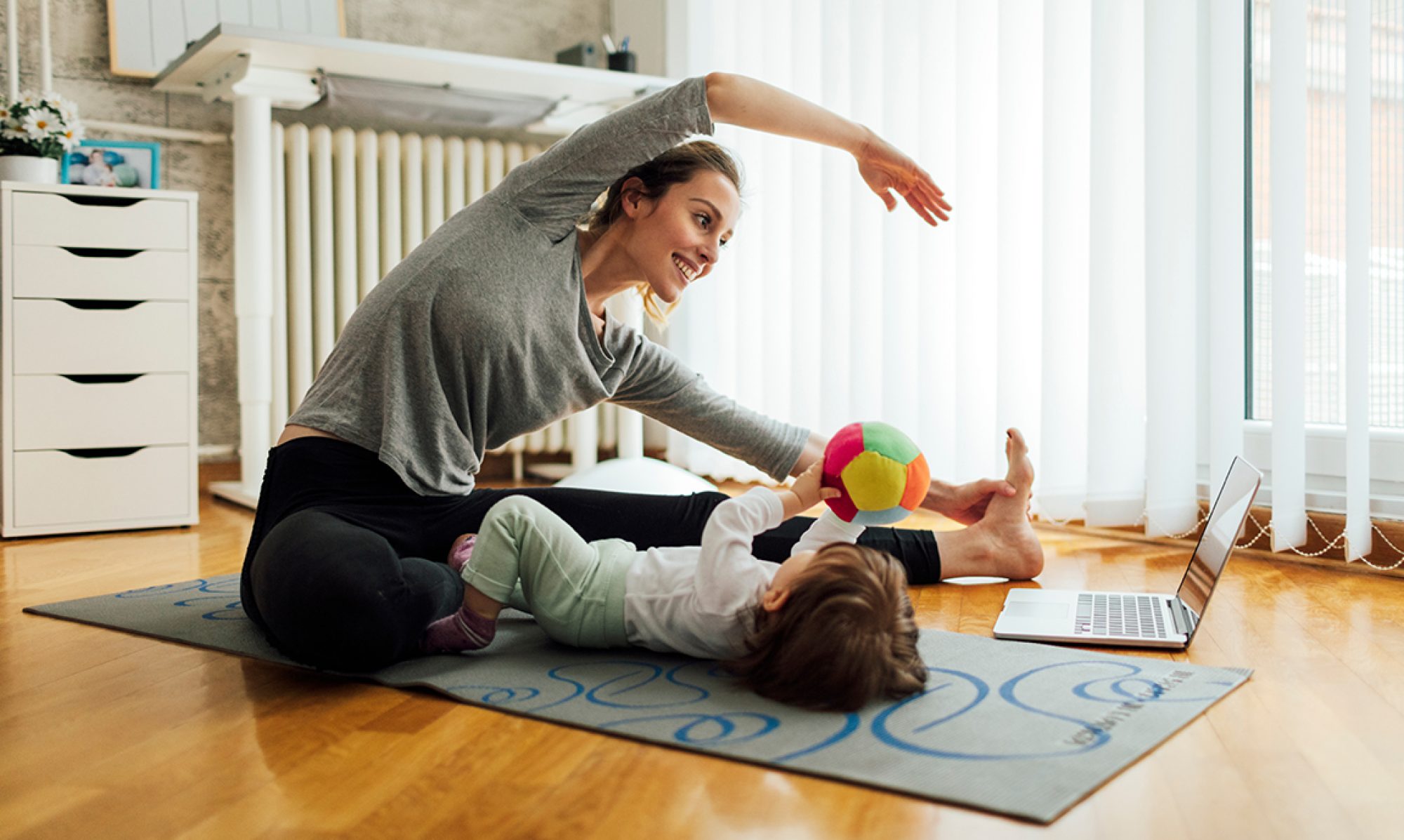URGE INCONTINENCE
December 17, 2020
Urge incontinence is defined by the International Continence Society as; the complaint of involuntary urine loss accompanied by or immediately proceeded by urgency (a strong desire to void). What this means is the bladder gets a signal from the brain to contract and have urine come out even when you do not want it to. This is a super common diagnosis amongst women who have professions that require them to “hold it” for long periods of time including teachers, nurses, doctors, dentists, physical therapists, delivery drivers, and let us be honest even stay at home moms. Urge incontinence is usually due to some form of a trigger. Common symptoms include urine leakage with following:
- The sound of running water
- Key in the door or turning the handle
- Cold temperature
- Pulling into your driveway or parking your car
- Unbuttoning or pulling your pants down
Urge incontinence can be due to medical reasons, but the most common cause is due to poor bladder habits combined with pelvic floor weakness. Just like many of us women who do well with “routine,” our bladder is very habitual and can be trained, or in this case re-trained for better bladder control. Here are a few prevention tips that you can try to implement to reduce your symptoms of urge incontinence and retrain your bladder:
- Pelvic floor exercises (Kegels)
- Exercising your pelvic floor muscles regularly can help reduce leakage. To do a kegel you must be able to contract as well as fully relax the muscles back to start position.
- We recommend beginning these exercises lying down in a comfortable position to really focus and feel the muscles moving.
- Gently lift or squeeze the muscles in the genital area (think muscles around the anus and then moving forward around the vagina and urethra) as if you were trying to stop the flow of urine or avoid passing gas. Try not to squeeze your buttocks, stomach, or legs together. It should be a small and gentle movement that you do during exhalation of your breath. Hold for 3 seconds.
- Relax the muscles back down to start position. This should not be forced but just a natural release of the muscles. Picturing a flower blossoming while inhaling is a great way to let this naturally occur. Relax for 5-10 seconds.
- Work your way up to 3 sets of 10 repetitions of this. As you get stronger you can start holding the kegel for up to 10 seconds and can start working on this in different positions such as sitting or even standing upright.
- Calming the Urgency
- This technique is used to prevent leakage when you get a strong urgency to go! The next time that urgency hits try this technique! It takes time and practice so do not give up on this. It can be one of your best tools.
- When urgency hits, STOP WHAT YOU ARE DOING. If possible, sit down (if not standing is okay) and begin performing a series of quick pelvic floor contractions (known as quick flicks). This means Contract for 1-2 seconds, relax 1-2 seconds, and repeat for multiple repetitions. You should begin to feel the urgency reduce.
- Once the urge reduces, take some deep breaths, and slowly begin walking to the bathroom (do not start sprinting.) Take your time and even say in your head the affirmation “I am in control.”
- If the urge symptoms come back. Stop walking again and repeat the quick flick pelvic contractions to calm the sensation again. Do this as many times necessary!
- Once you make it to the bathroom, do not begin rushing the process (this tends to be a trigger to cause the urge to return.) Unbutton and lower your pants at a slow, normal speed. Once you sit down, relax completely. This way you have control through the whole process. Trust us, your bladder can be trained to only empty when you want it to. Just give this some practice!
- Cut out “just in case” peeing habits
- Our bladder can be trained to feel full even if it is not if we continuously go to the bathroom “just in case.” This means do not purposely go to the bathroom before you leave the house, work, the store, or before getting on a plane just because of the simple fact that you are leaving. Every time you go the bladder will be able to squeeze something out, but this does not mean it really has to.
- Try this out: Next time you pee count how long you pee (we are talking 1 Mississippi, 2 Mississippi, etc.). How long did you pee for? The average length of a pee should last around 8-10 seconds. This means the bladder was in fact full. Anything less than that means it probably could have gone a little longer before emptying.
- Sit down and relax on the toilet (avoid hovering)
- Hovering over the toilet seat does not allow for your muscles down there to fully relax. So, when we hover, we tend to push the urine out which can 1) not allow for complete emptying of the bladder and 2) can overtime cause pelvic floor weakness.
- Limit bladder irritants
- Key word here is “limit.” I would be so sad if someone told me to completely cut out my morning cup of coffee. Though this does mean not drinking only caffeinated drinks all day. Other bladder irritants include alcohol, chocolate, tomato or tomato-based products, sugar alcohols, tea, and carbonated beverages.
- Stay hydrated
- Dehydration can lead to unhealthy bladder habits. The bladder can begin filling full even if its not if we are dehydrated often. You want your urine almost clear to light yellow each time you urinate. Dark yellow or brown means you are not drinking enough water.
- Avoid constipation
- Constipation causes increased pressure down there and makes it harder for the pelvic floor muscles to do their jobs and hold the urine in. This goes with staying hydrated and making sure you are getting plenty of fiber in your diet.
- Bladder Diary
- If you are not sure which of these habits may be causing your urge incontinence, we encourage you to write down for 2-3 days the following things:
- Every time you urinate or have a bowel movement (how many seconds, color, and if you had any leakage)
- What food and drinks you have throughout the day.
So, what does “healthy bladder habits” looks like? Ideally, you should be able to go at least two hours between visits to the bathroom to urinate. This means you average going 4-7 times per day. Each time you go you should be able to count to at least 8 seconds (this demonstrated you did in fact have a full bladder). Ideally, you should not be waking up to have to pee in the middle of the night, but 0-1 times is considered normal and healthy.
Short story for a real-life case of this. I once had a patient who had severe urge incontinence and felt like she NEVER made it to the toilet in time. She purposely would wear waistband pants (to avoid having to unbutton) and even would spend a lot of her day trying to stay as close to her bathroom as possible. She stopped walking her dogs and even developed a fear of leaving her house as she was afraid to be too far from the toilet.
After having this patient fill out a bladder diary and listening to her talk about some of her daily habits it became so apparent that she just needed to make a few small changes to really get her life back! This patient informed me that she limited her water intake because of fear of peeing. She was only drinking 2-3 small cans of diet coke a day. She also would “just in case” pee at least every hour to try to avoid leaking. She tended to have constipation symptoms a few times a week. She had 3 vaginal deliveries and had never performed a kegel in her life.
Okay, so with that information it was so clear that she just needed some behavioral changes to reduce her symptoms. I had her start by focusing on drinking 1 large water bottle a day (she ended up buying a pretty pitcher to keep on her table to remind her to drink water) and to cut out 1-2 cans of her diet soda (carbonation, caffeine, and sugar alcohols = bladder irritants). We discussed avoiding the just in case peeing but instead setting a timer on her phone and trying to make It at least the two hours in between bathroom visits. I also taught her the “calming the urge” protocol. I had tested her pelvic floor muscle strength and showed her how to properly perform a kegel and gave her a HEP of pelvic floor contractions throughout the day.
Within two weeks this patient had reduced leaking throughout the day by over half! She felt confident to leave her house and had started walking her dogs again. Within one month she had improved her pelvic floor contraction and strength and had gone down to leaking only 1x a day just 1-2 times a week. By week 5 she walked into my office wearing jeans with a button and zipper and was crying happy tears that she finally felt confident to be able to go to a grocery store or go out to dinner with her husband. In just 5 weeks she gained complete control of her urge symptoms!
I share this story to just give you hope that with just a few changes and awareness you too can gain control and reduce your symptoms!
To improve your pelvic floor strength, we encourage you to begin our online program STRONGER AS A MOM! It provides effective pelvic floor exercises with proper progressions to get your muscles strong and able to support your bladder health.
For more help, find a pelvic floor physical therapist near you HERE.

